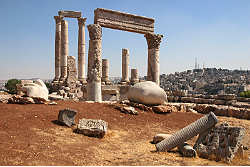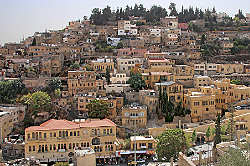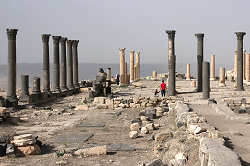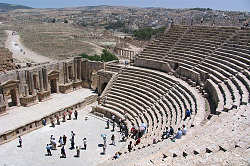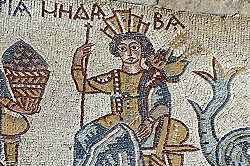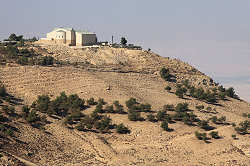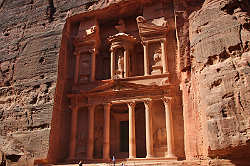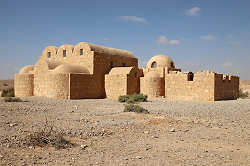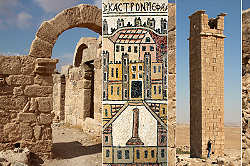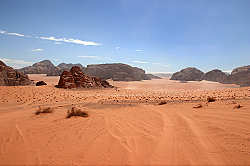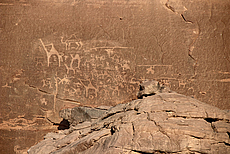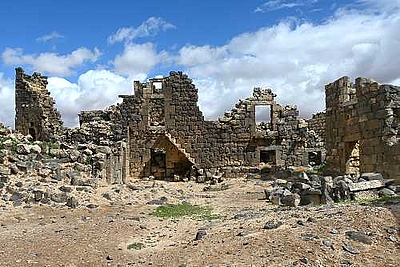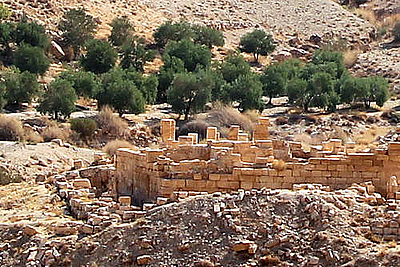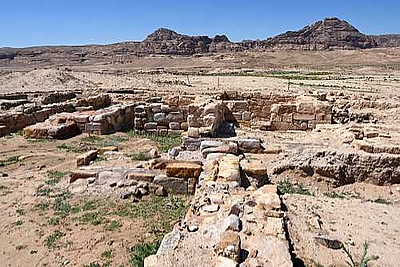Las tribus beduinas han vivido en Jordania durante milenios. Por su estilo de vida nómada sus pertenencias y utensilios deben ser fáciles de empacar, ligeros y multifuncionales. La mayoría de los bienes nómadas se elaboran a partir de materiales orgánicos, en particular productos de origen animal como el pelo y cuero. Debido a ello, los beduinos han dejado poco rastro en el registro arqueológico, excepto por sus inscripciones rupestres.
Parte del tour visual informativo por el Museo Jordano en Amán, en el marco de Art Destination Jordania.
